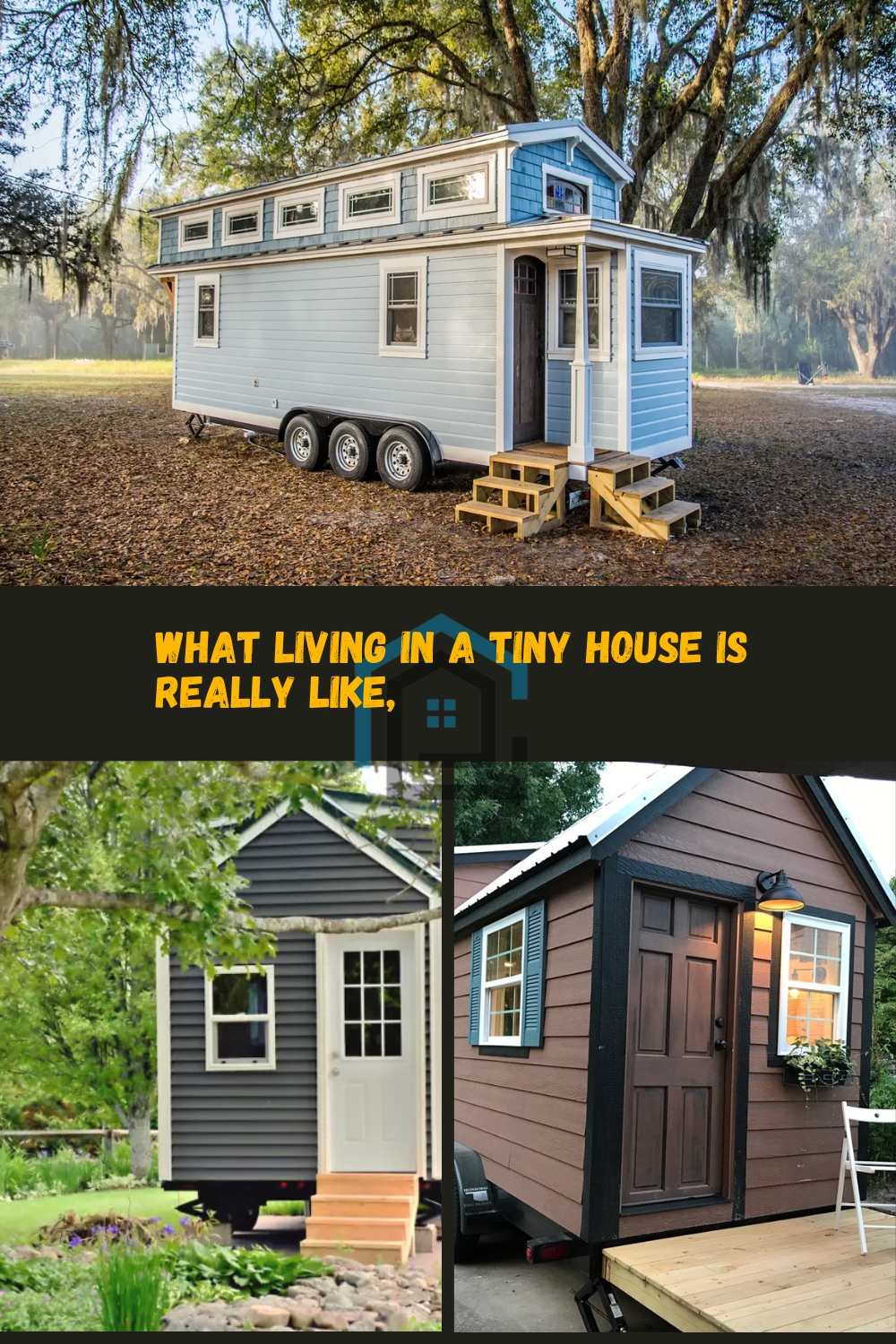Tiny houses are often seen as a minimalist’s dream, offering a simpler, more sustainable lifestyle. While many enthusiasts embrace the tiny home movement, it’s not without its challenges.
The benefits of tiny houses are clear—they’re environmentally friendly and budget-conscious. However, living in such a confined space can present unique problems, including tricky zoning laws, increased wear and tear, maintenance of compost toilets, and the ease with which clutter accumulates.
Despite their allure, tiny houses aren’t suitable for everyone. Before diving into tiny living, it’s important to weigh the pros and cons.
The idea of living small isn’t new, dating back to the 18th century with figures like Henry David Thoreau. However, the tiny house trend has surged in popularity over the past five years. The opening of the Caravan Tiny House Hotel in Portland in 2013 and the debut of reality TV shows focusing on tiny homes brought the lifestyle into the national spotlight.
In recent years, various parts of the US have relaxed zoning laws and supported nonprofits to make tiny living more accessible.
Tiny homes offer numerous advantages—they’re eco-friendly, mobile, and cost-effective. But issues in such small spaces can feel overwhelming. For instance, some tiny house dwellers have dealt with multiple maintenance problems in a short period, which can be stressful in a confined area.
For many, tiny homes are a matter of necessity rather than choice. The affordability of tiny houses can make them an appealing option in expensive cities where larger living spaces are financially out of reach.
In summary, tiny houses present both opportunities and challenges. They can be a wonderful solution for those seeking a minimalist lifestyle, but it’s essential to consider the practical aspects of living in such a small space.

